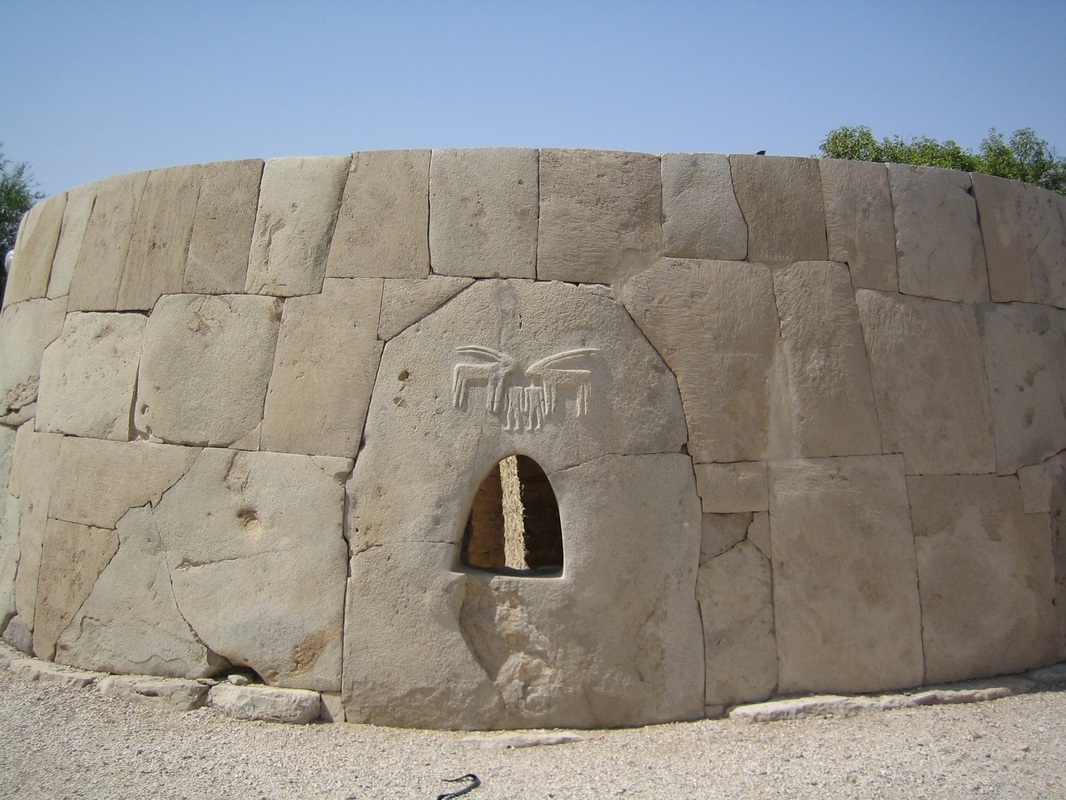The Nerva-Antonines in Florence
The Galleria degli Uffizi in Florence is one of the oldest and most famous art museums in the world. In addition to Renaissance masterpieces including works from Botticelli, Michelangelo and Leonardo da Vinci, the Uffizi houses one of the world’s most important collections of ancient Roman and Greek statues. The Medicis’ interest in ancient art started with the founder of the family Cosimo I de’ Medici (1519-1574) and grew over nearly four decades. The antiquities were stored and displayed in several rooms in Palazzo Vecchio and Palazzo Pitti where they could be admired by the visitors to the court. The antiquities were later transferred to the Uffizi. Most of the ancient statues and busts are displayed on the u-shaped second floor of the museum. The wide corridors are filled with numerous portraits of the members of the different imperial dynasties including those of the Nerva-Antonine dynasty. Nerva (ruled 96 – 98 A.D.)

